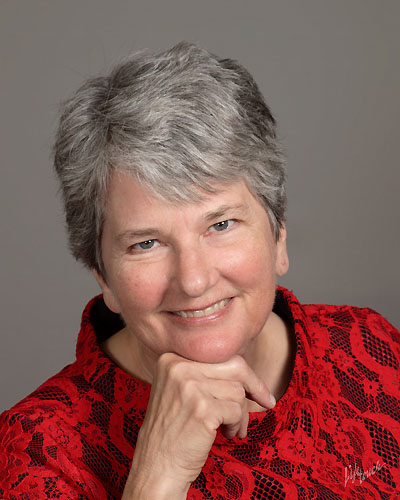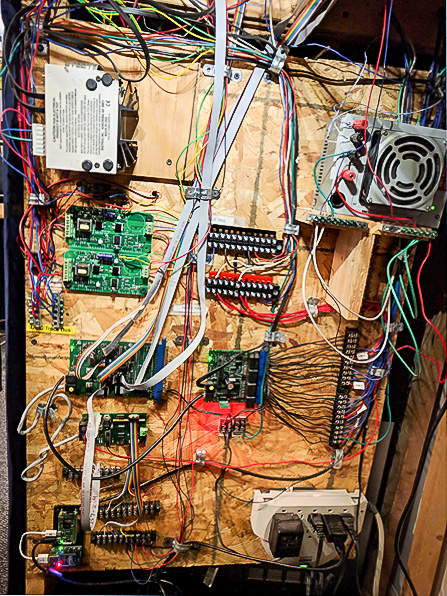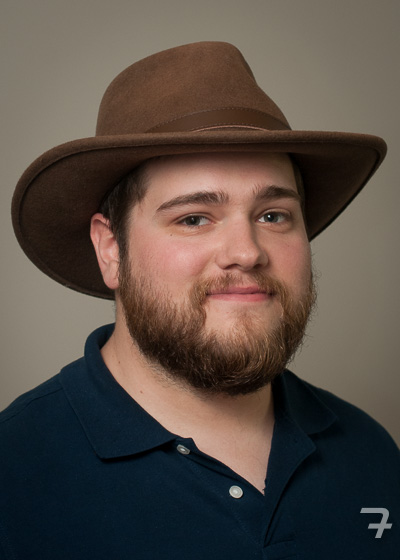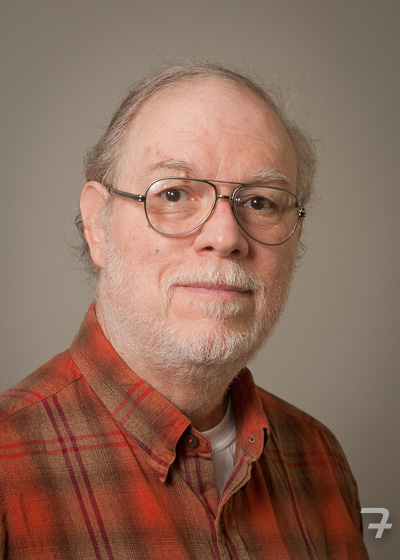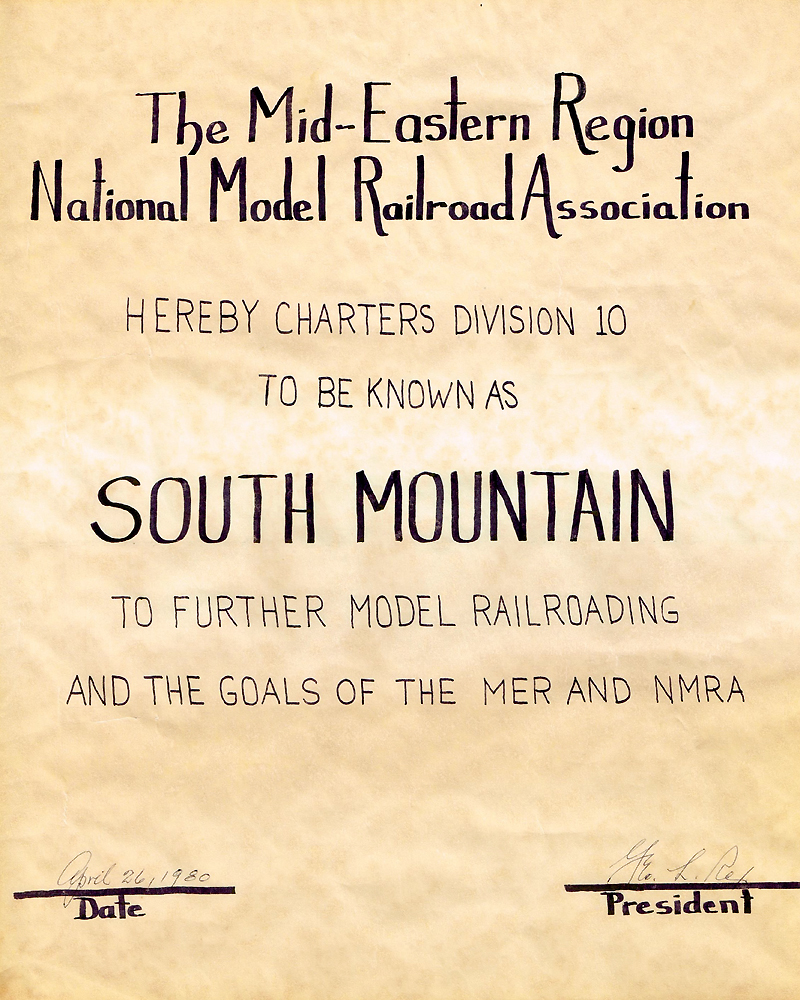The SMD has CANCELED the 2020 Mini Con because of the Coronavirus (COVID-19). The 18 April event will not be rescheduled this calendar year. Subscribe to this blog for future details on the 2021 Mini Con. [-Ed.]
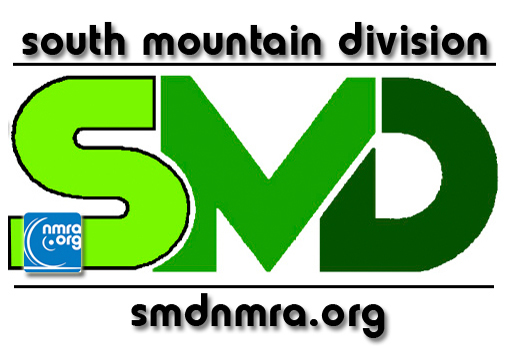 by Pete Clark
by Pete Clark
What: Mainline Hobby Supply presents: The SMD Spring Mini Convention.
When: Saturday, April 18, 2020. Doors open to the public from 9:00 am. to 4:00 pm. Doors open for set up at 7:00 AM (vendors, modular layouts, clinicians ONLY).
Where: Blue Ridge Mountain Fire Co., located at 13063 Monterey Lane, Blue Ridge Summit, PA 17214. This venue is directly across the road from Mainline Hobby. Attendees can park, free, to the north side of the fire hall nearest the convention entrance.
For a good time, be part of the Mini-Con!
Join your fellow SMD members in a day of great fun and fellowship. And, oh by the way, spread the joy of model railroading. Saturday April 18 2020, with the support of Mainline Hobby Supply, we will again host the very popular Mini-convention. New members might not know and old members might have forgotten, our format for the event, so allow me a quick review.
Informal clinics; morning: Hopefully 10 folks (You!) will volunteer to give one from 9:00 AM to 10:00 AM and repeat it again from 11:00 AM to 12:00 noon. Not a formal presentation, just talk about a model railroading topic that’s of interest to you. Bring what you need to have as examples or visual aids. But remember, no projectors, no loudspeakers. It’s just you, talking to the attendees as they walk past your table. The guests are free to stay and talk with you for as long as they like, or move on when they choose. So, don’t think of it as a speech, don’t think of it as public speaking. It’s just you, talking to another interested model railroader, and maybe another will join in.
Note that officially you have an hour break from 10:00 to 11:00 AM. That’s to allow you to get a snack, visit the restroom, look around to see what other clinics are happening.
Then, hopefully, we get 10 other members to give 10 other clinics from 10:00 AM to 11:00 AM and again from 12:00 noon to 1:00 PM.
We want 20 informal clinics (two groups of 10), so there’s plenty of room for you.
Join in with SMD members and friends like:
- Dennis Blank, Jr. (Lighting SD40-2’s with LED’s)
- Bob Johnson (Rolling stock tune up for reliable operations)
- Jerry Skeim (Structures & modeling water)
- Andrew Dodge (Building a retirement model railroad)
- Ken Kime (How to make molds and castings for making hopper cars.)
- Don Florwick (TBD)
- Bill Reynolds (TBD)
- Gary Nastase (Roadbed and ballasting)
- Bob Geldmacher (Making pine trees)
- Bob Morningstar (Make your own current keeper)
- John Madden (DCC++)
- Dave Thalman (Weathering & loading coal hoppers)
- Ron Polimeni (Budget model railroading)
- Harvey Heyser (Layout design)
- Lee Rainey (TBD)
- Jane Clarke (TBD)
- John Glaab (Working on brass locomotives)
- John King (Modify Kadee couplers to be more user friendly)
- Dotti Polimeni (Painting Downtown Deco hydrocal kits)
- Frank Benenati, Dave Sweeney and Tom Fedor (MARRS modules).
I can hear you saying, “Come on Pete. Look at that list. You must not need me.” Wrong. We have space for you. More important, Like Uncle Sam says, “I want you!” And the members and guests who will come to the Mini want to see you and learn about the topic that interests you. Many on my list would be happy to give their spot to you, the new guy or gal. We have room for you. Can I make that any clearer?
I can hear you saying, “But I don’t know what to do.” You may recall me writing this in the past, or saying it at a monthly meeting. “Just bring a model and work on it.” I really mean it. No-one seems to believe it, but it’s been done and it’s very popular.
Make and take clinics: At 10:00 AM we will also have two “Make and take” clinics. Jeff Grove of Carolina Craftsman Kits will again donate a group of (small, easy) craftsman kits and Mainline will again donate (small, easy) styrene (plastic) DPM – 36000 – modular learning kit. Just like last year we’ll encourage young people by giving them priority on the make & take sign up lists. Also, another way you can help is by bringing tools to loan for these clinics. X-Acto knives, glue, and, well, look for a list of items once our build leaders (Brian Greenawalt, David Sweeney, and Tom Fedor) have had time to think about it.
Modular layouts: We hope to have a modular layout or two set up and running during the morning as well. I’m having better luck this year, and have gotten “probably” from two (Steve Sherrill and Wayne Betty). But we still can use more. So please contact me (Pete Clarke) if you are aware of a modular group and have contact information for that group. Email me at ebtmx5@aol.com or call 301- 253-4913.
Speaking of layouts, Brian Wolfe of Mainline Hobby Supply will have his layout open to tour during the Mini-Con.
Clubs and Societies: This would be a great opportunity to promote your club or historical society! So far, none have signed up. Please contact me to reserve your table at ebtmx5@aol.com or call 301- 253-4913.
For sale: There will be some vendors there with model railroad stuff for sale. Carolina Craftsman Kits, Dwarvin Enterprises (Fiber optic system of lights) and Bob Van Zant (HO locomotives and misc. stuff) have all signed up and we are waiting to hear back from more. And of course, you can, and should, carefully walk across the street to Mainline Hobby Supply. Tell them thanks for supporting this event by making a purchase, and while you are talking to them, say “Thanks for sponsoring the Mini” out loud.
Raffle: Again this year we will purchase a $150 gift certificate from Mainline and sell raffle tickets ($10 each) through the morning. Also, HobbyTown USA – Frederick (Richard Benjamin) has donated a $50 gift certificate that we will give as a door prize. Both of these will happen at 1:00 PM.
Formal clinics: Also, at 1:00 PM we convert from informal to formal clinics. We hope to have a speaker from the Mid-Eastern Region (MER) tell us of the plans for the MER’s annual fall convention. Alex Polimeni will speak on Model railroading as game design, and noted historian and author Lee Rainey will speak on “Shortline Operating Patterns: What to Consider in Designing a Schedule.”
Food: We will have food and beverages on site. This will also be handled by SMD members.
The Mini-Con is almost here. We still need you to make it happen. Please contact me and offer to help. Mostly we need folks to give informal clinics. Everyone who’s done one of these clinics has had a great time. If you have questions, I’d be happy to talk with you about it. There are other things you can do, we’ll need extension cords, tools for the make & take clinics, help at the registration desk, morning set up and afternoon clean up. Just can’t do any of those? Attend, and then tell others about it.
Follow the SMD blog for Mini-Con updates at smdnmra.org.

